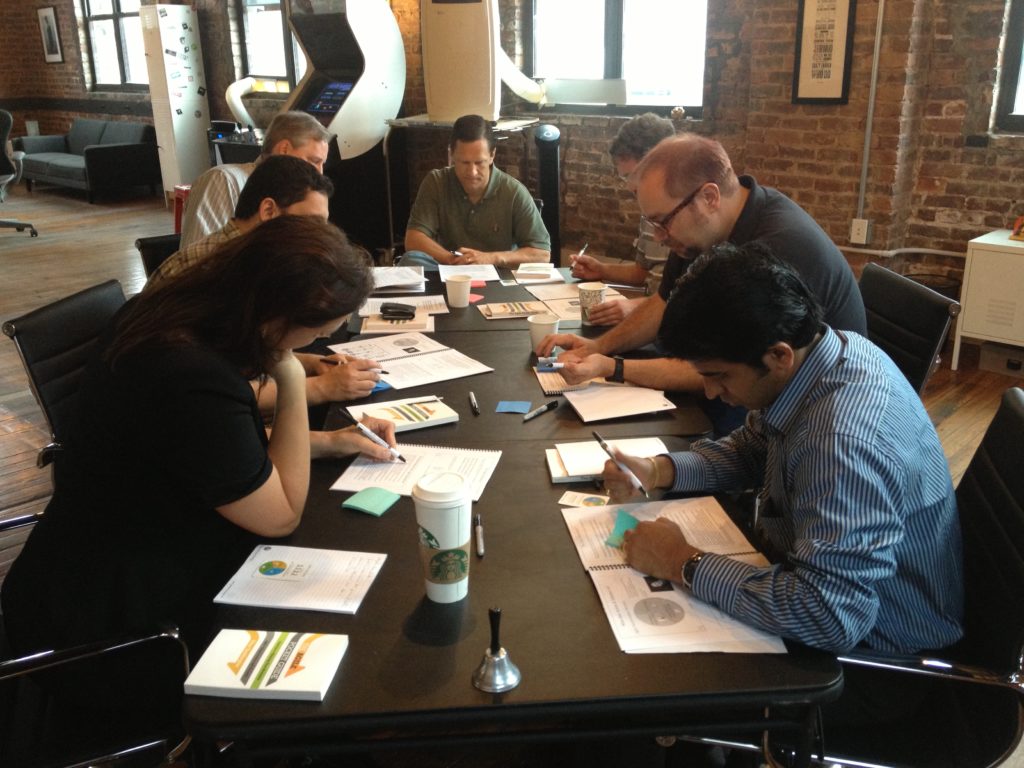Handling Resistance to Change and Attitudinal Change of People as an Agile Coach

Handling Resistance to Change
People fight change because change makes, in a lot of ways, “current value” questionable. What we were doing yesterday… and continuing to do, might not be exactly right. In a lot of ways, change can be a sort of slap to the face. An invalidation of what has been ‘working’ before.
It appears, to some people, that in the process of change things are coming apart. Conflict of interest arises when people face meaningful alternatives and then they fight the change. They fear the possible disorganization that comes as a result of the change. They simply don’t want to leave the status quo because it is comfortable.
“Music has charms to soothe the savage beast.” – William Congreve
This is where the master facilitator must soothe the insecurities and fears that people have when it comes to change. Your ability to hold the line, quell peoples fears, and normalize the experience is crucial here.
We know that change is unavoidable and tends to affect the goals and direction of a company or teams in positive ways. We just have to be ready for the resistance that will come.
So, what should do we do when facing resistance?
I thought for a good while on this particular segment of this post. I came up with 4 bullet points, but in sum total, they all fell into basically one idea:
Find the Truth
Recognize why people resist change – don’t make assumptions. Find the truth. Is it the change or the method of change? Is it personal for some people? What types of baggage do people have? What nuances and idiosyncrasies are at play? How does the whole ‘system’ (people+environment) work?
What we’re talking about here isn’t all the mushy-gushy stuff, but really understanding all the pieces of the system that are at play. Your investigative skills will play a huge role here. It’s hard work, but digging, asking the right questions, having the right conversations, and being available to criticism, feedback, and even arrows in your back, are all part of the job.
The Complexities of Attitudinal Change
Everyone behaves in a way that makes sense to them. Everyone rationalizes his or her behavior.
Axiology – the understanding of values. If a person does not value a change they are not going to go along with it. The opposite is true as well. If he or she feels that you are attacking something he or she values, they are going to react negatively.
Ok, so that sounds tough. You’re right. It is tough. The human side of software development is understanding people. People are driven differently, people are incentivized differently.
Facilitating attitudinal change:
1. Understand that we change people through interpersonal communication:
- Not by arguing at or with them
- Not by talking them down
- Not by telling them or implying that they are less intelligent then others
- Not by talking talking talking. Listen listen listen
- Not by assuming. Ask questions
People tend to change, or be more open to change, when they can exchange ideas with other people.
2. Understand that people change by basis of information:
- Help people to understand the necessity – Let’s have a conversation around why this is necessary… or is it?
- Help people understand the value or benefits – Let’s have a conversation around the value… or eventual value of the change.
- Help people understand the feasibility of the change(s) – Let’s have a conversation around how the change is possible. Yes, we can do it.
Wrap up:
Creating change in your organization is tough. Period. It will take patience, facilitation, and maybe even a bit of pressure in the right places… and on the right people. Change implementation takes strategy, hard work, and thoughtful consideration of your system (environment+people). Handling resistance to change is tough, tap into your humanity. You’ll need it, and good luck.




Responses